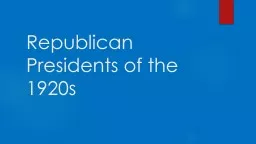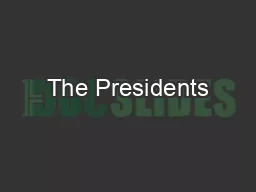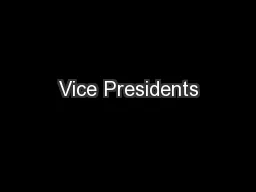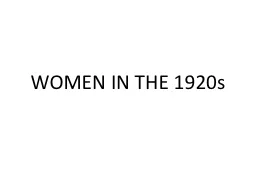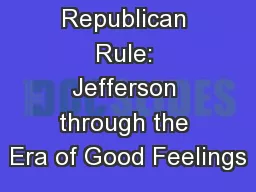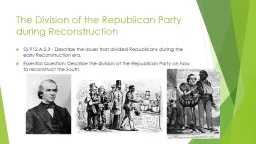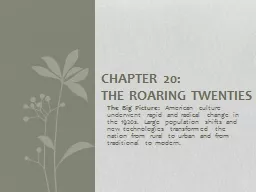PPT-Republican Presidents of the 1920s
Author : karlyn-bohler | Published Date : 2017-01-16
President Warren Harding Newspaper publisher who became a US senator and then president Campaigned to have America return to normalcy Focus on making America prosperous
Presentation Embed Code
Download Presentation
Download Presentation The PPT/PDF document "Republican Presidents of the 1920s" is the property of its rightful owner. Permission is granted to download and print the materials on this website for personal, non-commercial use only, and to display it on your personal computer provided you do not modify the materials and that you retain all copyright notices contained in the materials. By downloading content from our website, you accept the terms of this agreement.
Republican Presidents of the 1920s: Transcript
Download Rules Of Document
"Republican Presidents of the 1920s"The content belongs to its owner. You may download and print it for personal use, without modification, and keep all copyright notices. By downloading, you agree to these terms.
Related Documents

